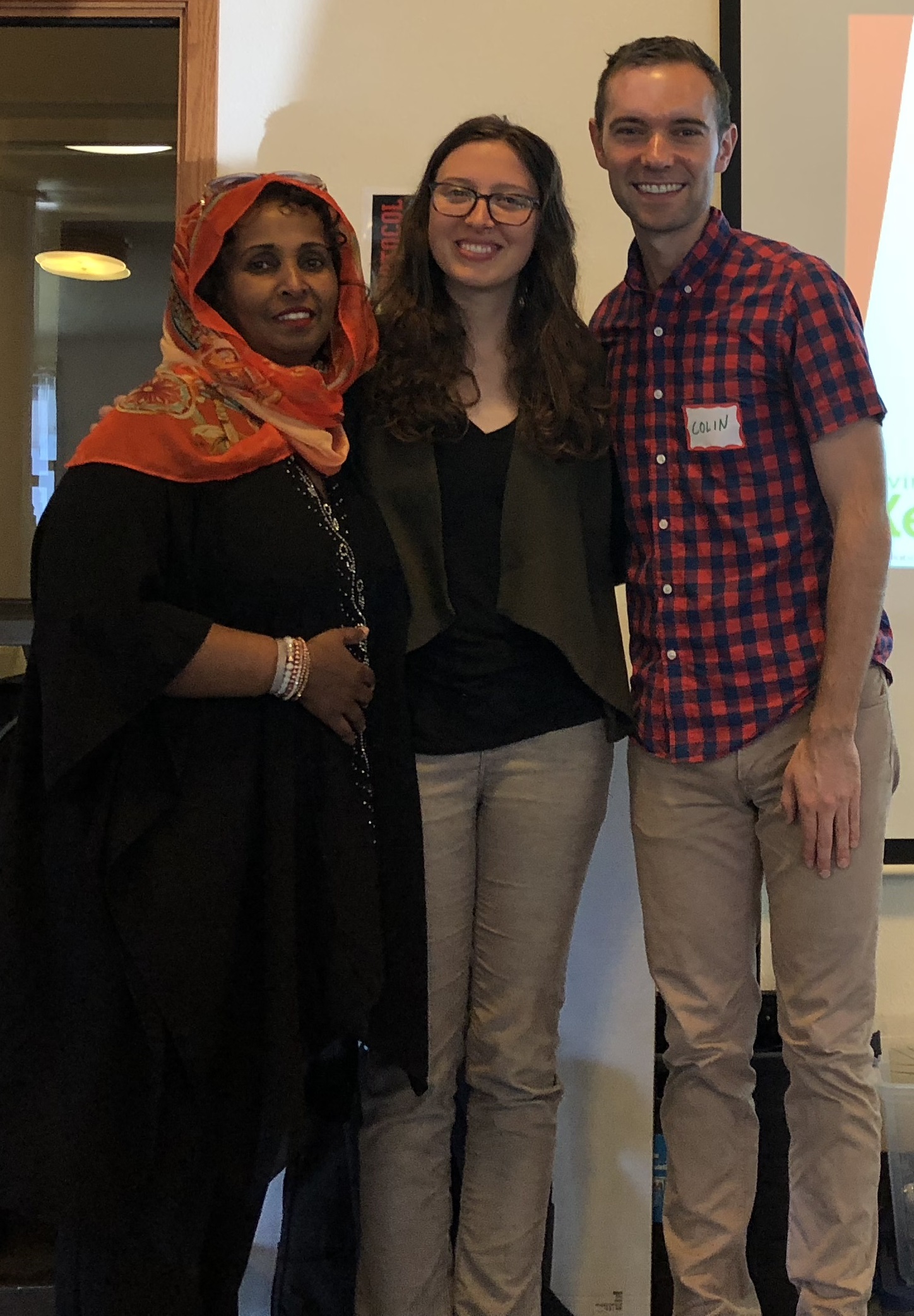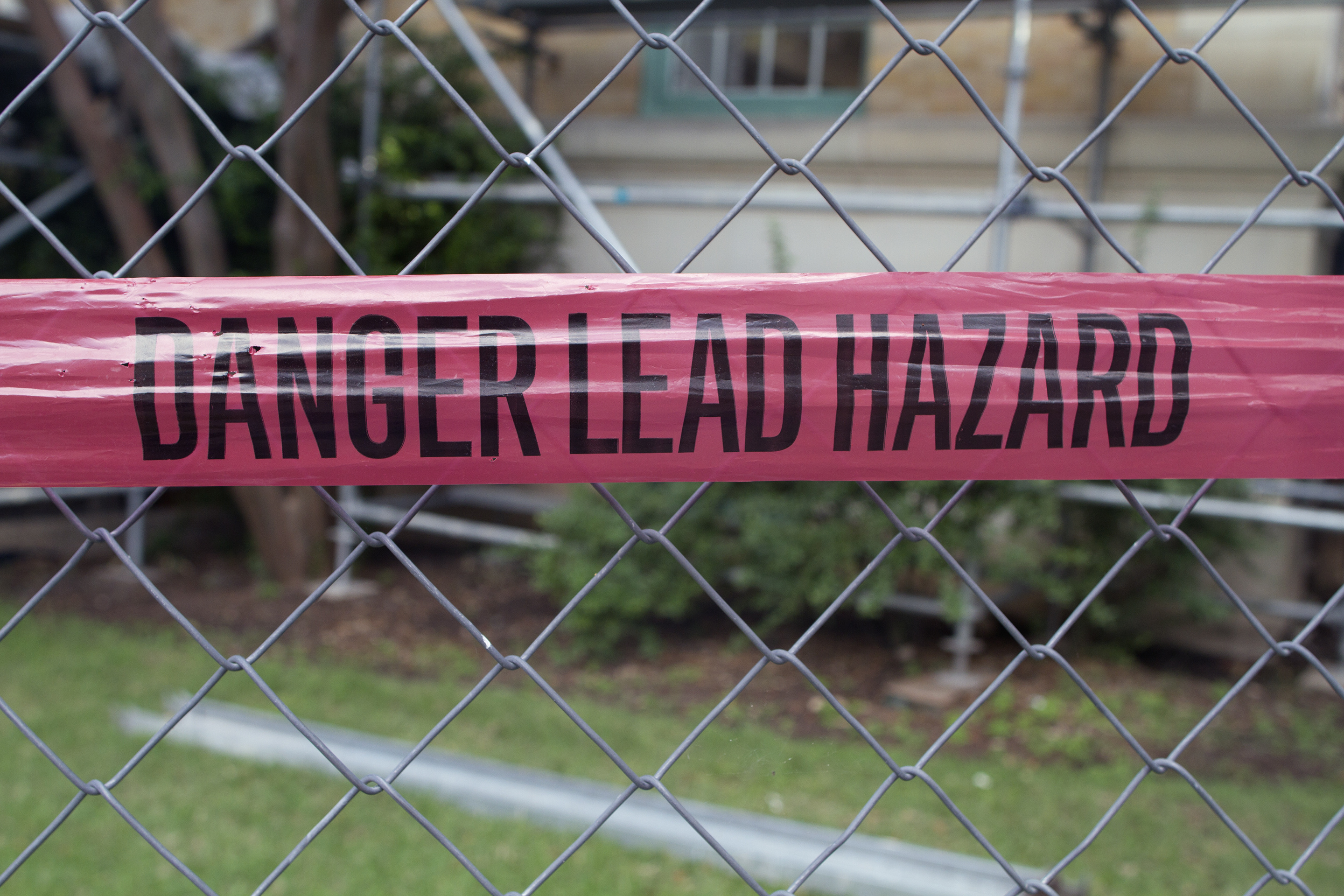It’s not new news that lead exposure at a young age can harm kids’ ability to learn. But what may be surprising is how many Washington and King County residents aren’t tested for lead or suffer from the harmful effects of lead. We’re thrilled to be part of an exciting new collaborative that is working to change this by reducing kids’ lead exposures in historically underserved communities in King County.
This work is important because unlike some other states, Washington does not mandate universal testing for lead. As a result, by age 6, only 4.4% of kids in Washington state (2016 data) have had their blood lead levels tested. Of kids tested, 2.6% had elevated blood lead levels considered of concern. Low-income communities, communities of color, and recent immigrants can have higher lead exposure because of disparities in housing quality, nutrition, and other factors.

Along with our partners Living Well Kent, Somali Health Board, Being Empowered Thru Supported Transition (BEST), Horn of Africa Services, JMA Group, and Seattle & King County Public Health our goal is to educate communities on ways to reduce their exposures to lead and encourage families to have their children’s blood lead levels checked.
Toxic-Free Future’s role in this collaborative project is to provide technical training and communications assistance for the team, and to support the team’s “Listening & Learning Sessions” (focus groups) and Community Forum.
In the Listening & Learning Sessions, community leaders educate participants about sources of lead exposure and the health effects associated with lead. Community members are often shocked to learn that there is no safe level of lead, and that even minute amounts of lead can cause lower IQ in children and behavior issues.
The tone turns more optimistic when we share that easy measures such as vacuuming and damp mopping can make a meaningful difference. At the end of the Listening & Learning Sessions, participants are more confident about the ways in which they can protect themselves and their families from lead. It’s our hope that they leave committed to taking measures to reduce their lead exposure, getting their children’s blood lead levels tested, and most importantly, starting a conversation in their communities about reducing exposure to lead and other chemicals.
We are also starting discussions on ways in which Toxic-Free Future can help design a lead testing project for the collaborative team, based on our recent experience in the Lead in Homes project, as well as ways in which our policy expertise can help communities in identifying potential policy needs. Stay tuned for more.
All kids should grow, learn, and play in environments that don’t expose them to harmful toxic chemicals. We’re thrilled to move forward with our partners and this work in pursuit of a toxic-free future for all.




